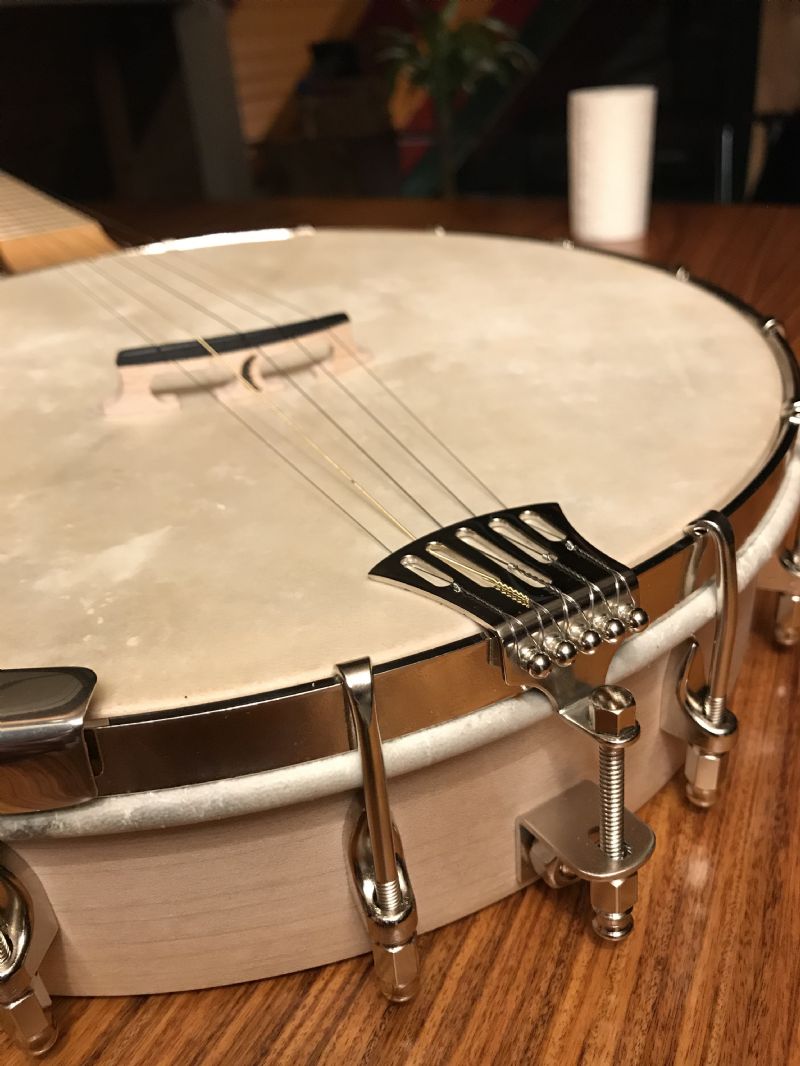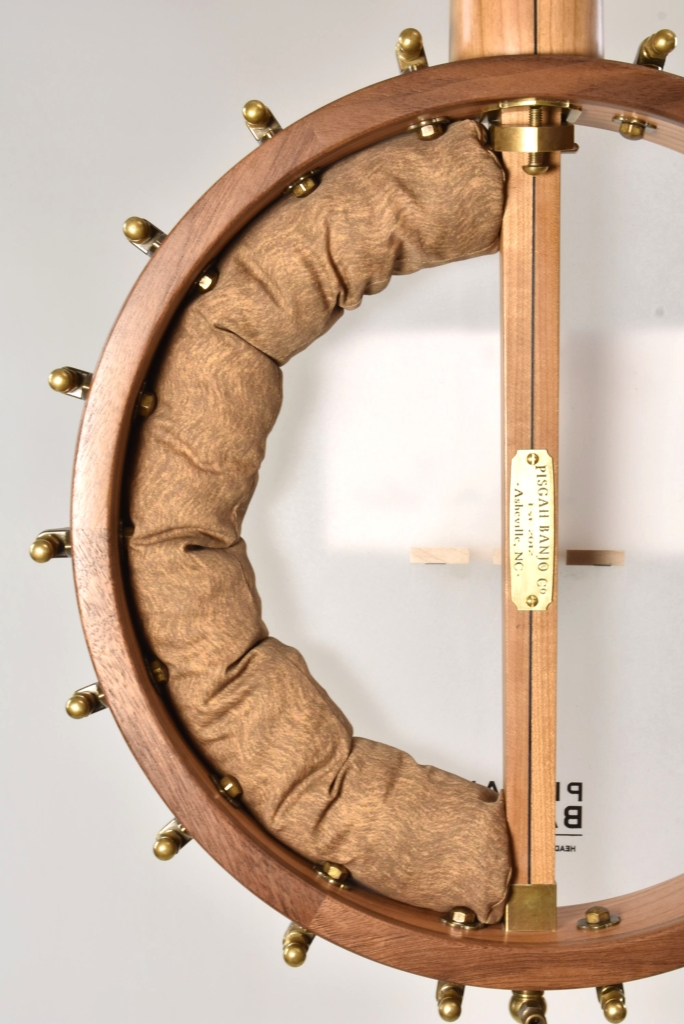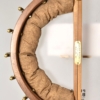
Written By: Patrick David Sawyer
Disclaimer: The recommendations and insights in this article are based on years of hard work and hands-on experience in banjo building and setup. This guide is provided as a response to customer demand for a more detailed approach to upgrading a Deering Goodtime banjo for clawhammer playing. Every banjo and player is unique, so results may vary.
The Deering Goodtime is one of the most popular beginner and intermediate banjos on the market. It’s lightweight, well-built, and delivers a great bluegrass setup. However, like any instrument, there’s always room for upgrades, and one of the best modifications you can make to improve tone and sustain and make it have a better setup for old-time styles is swapping out the stock tailpiece for a Pisgah Hawktail Tailpiece.
Why Upgrade to a Pisgah Hawktail Tailpiece?
The stock Goodtime tailpiece is a simple, lightweight design that works well, but it doesn’t provide the same level of sustain, tension control, or depth of tone that is better suited for old-time styles. The Pisgah Hawktail is a high-quality brass tailpiece inspired by classic Presto and No-Knot designs but with improved sustain and note clarity by adding more downward pressure to the bridge. It also provides a subtle boost to low-end response and enhances string vibration transfer ensuring better tone stability and making the Goodtime more suited for old-time clawhammer playing rather than the factory setup, which tends to favor bluegrass styles.
Tools and Materials Needed
- Pisgah Hawktail Tailpiece (available from Pisgah Banjo)
- Tailpiece Bracket Adaptor (available from StewMac)
- Small adjustable wrench or nut driver
- Pisgah Clawhammer Banjo Strings (available from Pisgah Banjo) Refer to our post about how often to change your banjo strings
Step-by-Step Installation Guide
1. Remove the Old Tailpiece
Start by loosening your banjo strings to relieve tension. It’s probably best to remove your strings entirely.
If your Goodtime has the original Deering tailpiece, it will be attached via a single bolt and nut at the bottom of the rim, near the coordinator rod. Using an adjustable wrench, loosen and remove the nut, then carefully lift the tailpiece off.
2. Install the Tailpiece Bracket Adaptor
Because the Goodtime banjo lacks a traditional tailpiece bracket, you will need a tailpiece bracket adaptor, available from StewMac. This adaptor allows you to securely attach the Pisgah Hawktail Tailpiece. Simply fasten the adaptor to the existing tailpiece mounting point before proceeding with the next step.
3. Install the Pisgah Hawktail Tailpiece
Align the Pisgah Hawktail with the existing tailpiece mounting hole. The Hawktail is designed to fit standard tailpiece brackets, making it a direct drop-in replacement for the Goodtime’s stock unit when using the bracket adaptor. Insert the tailpiece bolt through the hole and secure it with the nut, tightening just enough to hold it in place.
Before fully tightening, ensure the tailpiece sits level with the tension hoop and is aligned with the strings. You can adjust its angle slightly to increase or decrease down-pressure on the bridge, which affects tone and sustain.
4. Restring and Tune
Once the tailpiece is secured, re-string your banjo. The Hawktail tailpiece allows for easy string changes, as it has a slotted design. Loop-end strings slide right onto the tailpiece pins with ease.
After restringing, tune your banjo to pitch and check the tailpiece alignment. Make any necessary adjustments to ensure even string spacing and pressure.
5. Fine-Tune Your Setup
With the Hawktail Tailpiece installed, you might notice a slight shift in your banjo’s tone. It may have a fuller low end, improved sustain, or a crisper attack. You can experiment with different string gauges, bridge heights, and tailpiece angle adjustments to dial in the perfect sound.
The Final Verdict: Worth the Upgrade?
Absolutely! The Pisgah Hawktail Tailpiece enhances the tonal richness and sustain of the Deering Goodtime, making it feel more like a high-end old-time banjo. The added weight and flexibility allow for a setup more suited to clawhammer and old-time playing, rather than the factory settings, which favor bluegrass. If you’re looking to bring out more depth, clarity, and responsiveness in your instrument, this is a relatively simple and effective upgrade.
So, whether you’re jamming at home or playing at your next local session, your Goodtime will now have an added level of tonal sophistication that makes it stand out.








